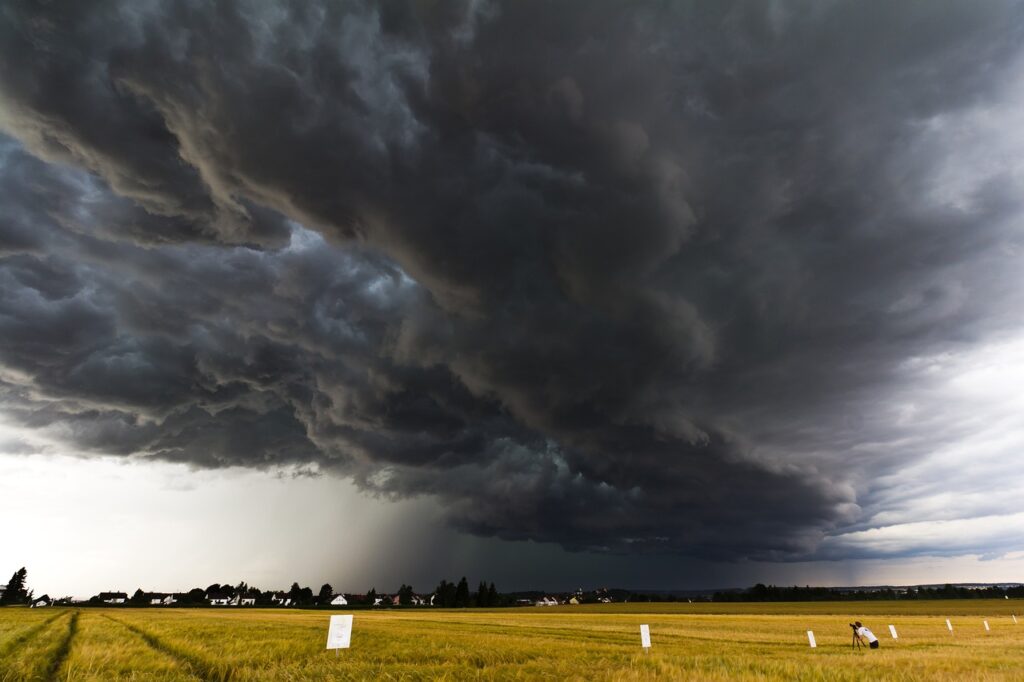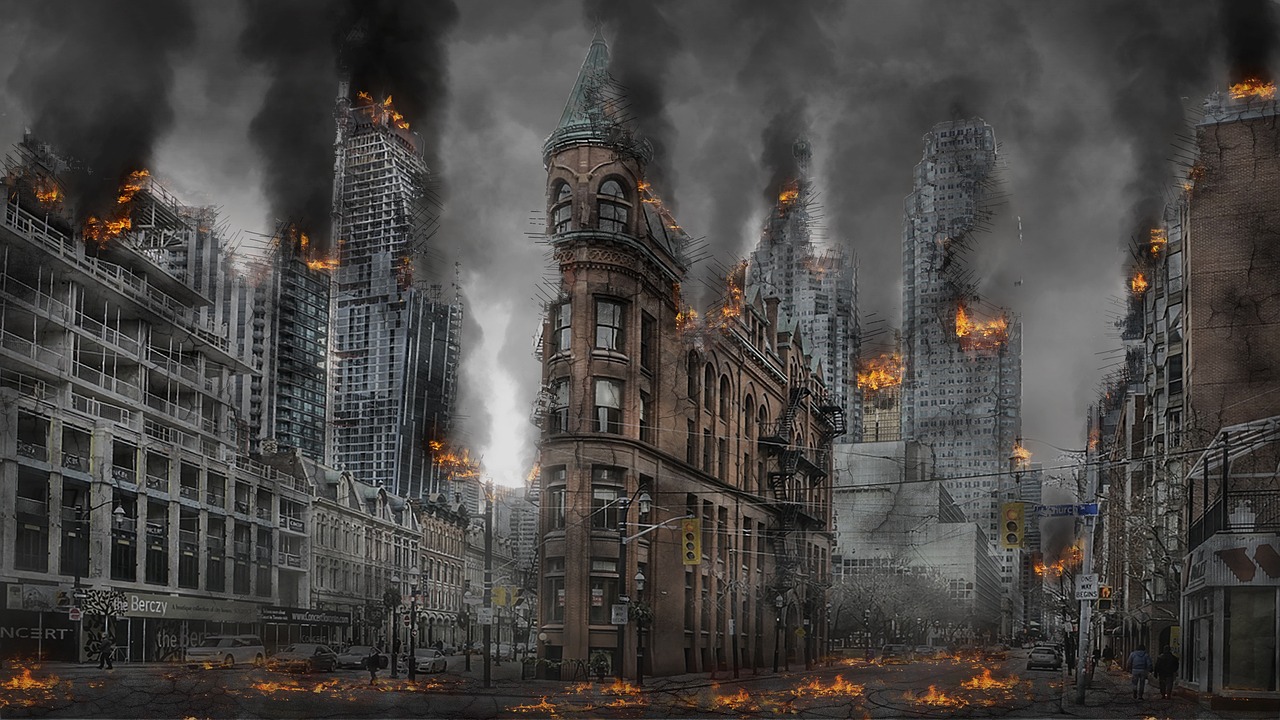
These days, the future feels more unpredictable than ever. Prepping is increasingly becoming a go-to for people who want to stay safe and ready for whatever global challenges arise. Whether natural disasters, financial disasters, or even nuclear threats, these scenarios might seem intimidating, but they’re great motivation to start your preparedness journey today.
I have provided A LOT of information in my blog and on this website, so start from my early articles for more in-depth details and topics; this is a quick, light overview to help those just getting into prepping.
Building supplies of essential food and water, sharpening your survival know-how, and forming strong community connections, even as a beginner in the prepping world, are proactive moves to secure your future. My guide, Prepping 101, covers all the popular doomsday scenarios and offers practical strategies to tackle them confidently. Below are the most popular – and relevant – scenarios that can occur, so let’s jump into preparedness and explore how to embark on your path to peace of mind. For additional insights, check out my original post from last year here.
Common Doomsday Scenarios
When it comes to prepping, wrapping your head around possible doomsday scenarios is key. Every situation needs some core essentials, but each threat also has its unique preparations. Here’s a look at the common (and currently relevant) scenarios preppers think about—from natural disasters to nuclear threats—emphasizing the need to be prepared for anything life throws your way.
Natural Disasters and Their Impact
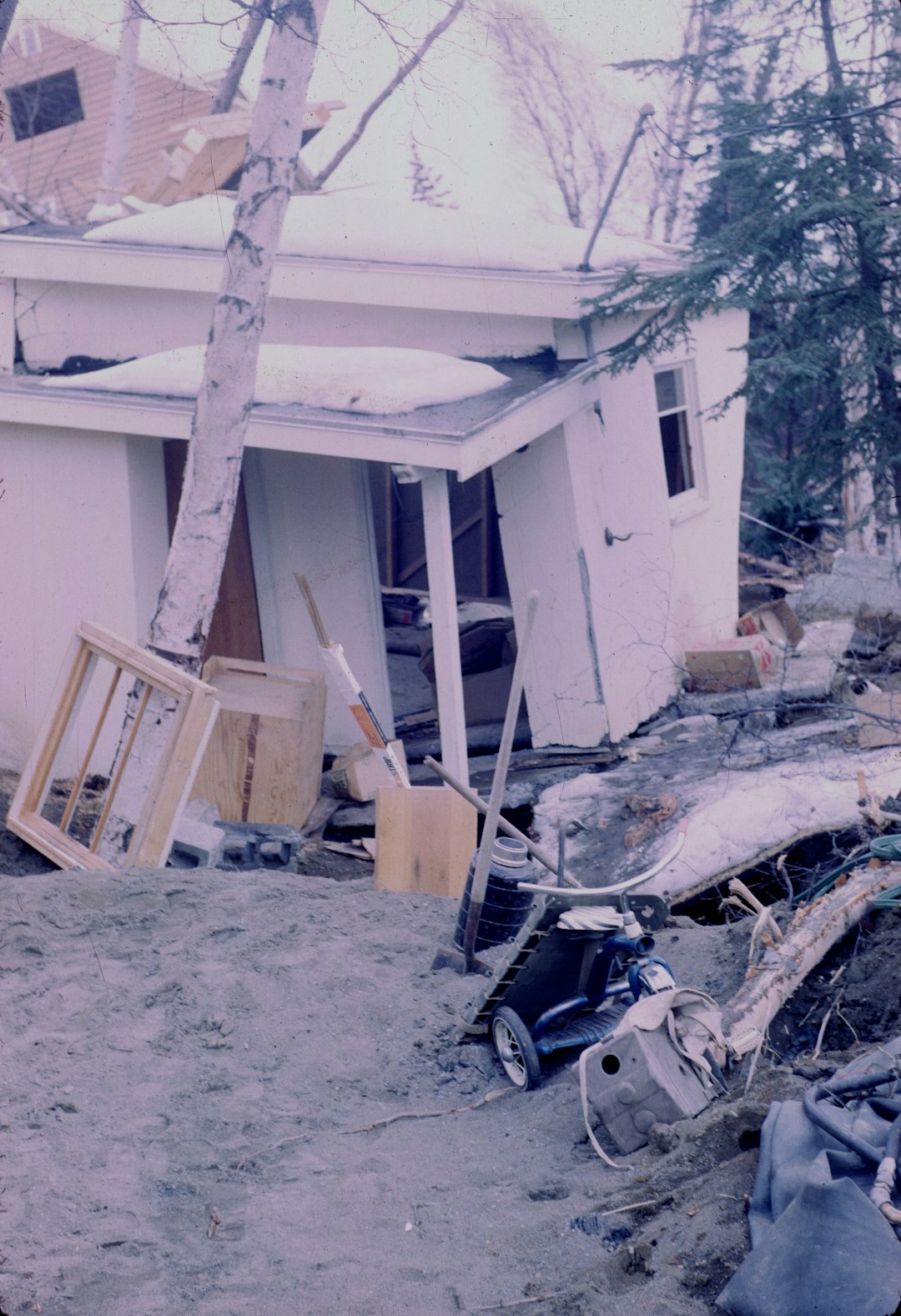
Natural disasters are unpredictable and can cause widespread devastation. Earthquakes, hurricanes, and floods are some examples that can disrupt daily life and are happening more frequently and in areas where they used to be rare. They often lead to power outages, food shortages, and infrastructure damage. These events highlight the importance of having a disaster plan in place.
For instance, during Hurricane Katrina, many faced massive displacement and resource scarcity. This example underscores the need for early preparation, such as securing emergency supplies and having an evacuation (“bug out”) plan.
Basic Preparedness Tips:
Stockpile non-perishable foods and water.
Keep a first-aid kit and essential medications.
Make sure to have flashlights and a source of portable power
Have an emergency communication plan with family and friends.
For more insights on natural disaster preparation, check out this episode of Doomsday Preppers and my FAQ page.
Economic Collapse: Financial Fears
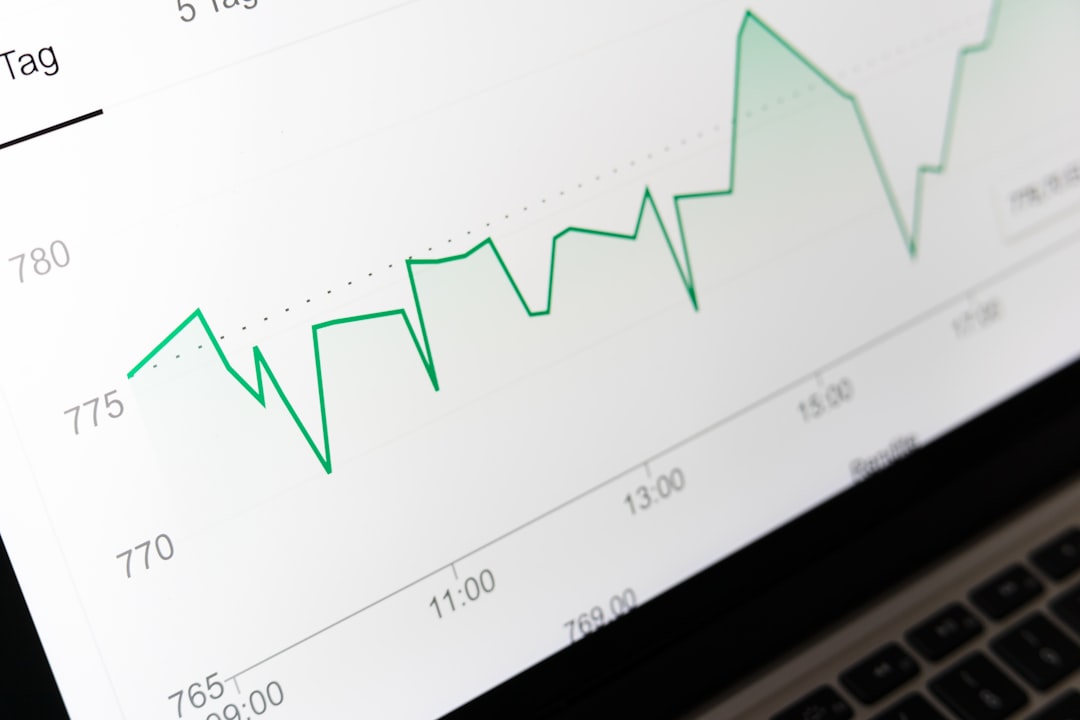
An economic collapse can lead to severe financial instability, and I’m sure many new preppers are understandably worried about this, given the current situation in the U.S. Hyperinflation, unemployment, and stock market crashes are symptoms that can affect everyone. This scenario emphasizes the need for financial resilience and preparedness.
Consider the 2008 financial crisis, which caused global economic turmoil. Many lost jobs and savings, illustrating the importance of having a financial safety net. Currently, with layoffs and tariffs closing small businesses and raising prices on essential items, many more are becoming aware of the fragility of our financial system.
Steps to Prepare:
Maintain a budget and reduce unnecessary expenses. Eliminate anything that doesn’t provide an important need. Check to see if you have services overlapping that you can cancel or change the program to reduce fees.
Diversify income streams and savings. Sell unnecessary/unwanted items. If you have a skill you can monetize, consider doing that for extra income. Donate anything you don’t need to write off on your taxes at the end of the year.
Don’t keep all of your money in the bank; always have some cash on hand. Remember, should the power go out, you won’t be able to get money out of an ATM.
Save as much as possible for emergencies. Even a few dollars a week can add up and be there should you need it. Please keep it in a safe, but accessible place that you can grab in a hurry.
Invest in tangible assets like gold or real estate. If you’re concerned about your 401k, consider other options that don’t rely so heavily on the stock market. Get any financial advice and make any purchases from reputable companies and credentialed professionals.
To explore further, read this academic article.
Nuclear Threats and Global Tensions

Nuclear threats may not be an everyday concern, but the risk is there as more countries gain the ability to create these weapons. The chance of nuclear war or an accident means we need specific strategies to be ready. Getting a handle on these risks helps you plan smartly.
Back in the Cold War era, the fear of nuclear conflict had everyone thinking about fallout shelters. That piece of history shows us why preparing for such intense situations is crucial.
Preparation Tips:
Learn about Fallout Shelter locations. Find the ones closest to you here.
Keep an emergency supply of iodine tablets.
Stay informed about government alerts and protocols.
Join discussions on Reddit to learn more about how others are preparing for nuclear threats. Also, Global tensions rise, and there is always the threat of terrorist attacks in the form of bombings, shootings, or perhaps a chemical attack. As relations with various countries shift, stay aware of political posturing and threats that could escalate.
The Possibility of Another Pandemic
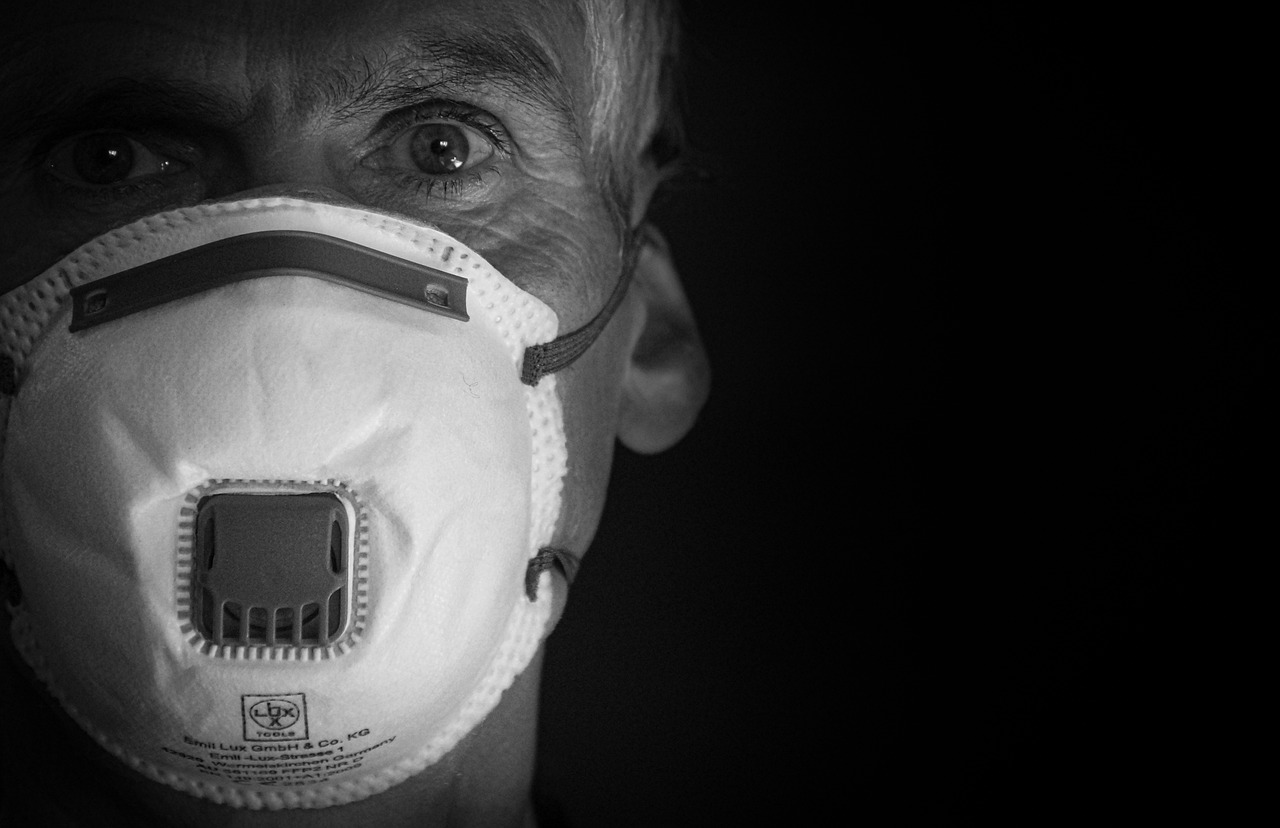
COVID-19 showed us that pandemics can sneak up on us and have huge effects that are long-lasting. With things like global travel, packed cities, and environmental changes in the mix, another pandemic is pretty likely. If we get a handle on these risks, we can smartly gear up for any future outbreaks.
Preparation Tips:
Stay Informed: Keep up-to-date with health advisories from organizations like the WHO and CDC. Subscribe to reliable news sources and consider following scientific journals on infectious diseases.
Stock Essential Supplies: Maintain a supply of N95 face masks, disinfectants, disposable gloves, hand sanitizers, and essential medications. Ensure that your emergency kits are updated regularly with health-related items.
Enhance Hygiene Practices: Adopt rigorous hygiene practices, including regular handwashing, proper sanitation, and safe cooking and food handling procedures.
Develop a Health Emergency Plan: Have a plan for potential quarantine scenarios, including remote work and online education options if needed.
Strengthen Community Ties: Build relationships with local health professionals and community organizations to support information sharing and resource pooling during health emergencies.
To dig in further, check out resources like the WHO’s plans for pandemic preparedness or read up on trends in epidemiology. By staying proactive, we can lessen the blow of future pandemics and keep our communities safe.
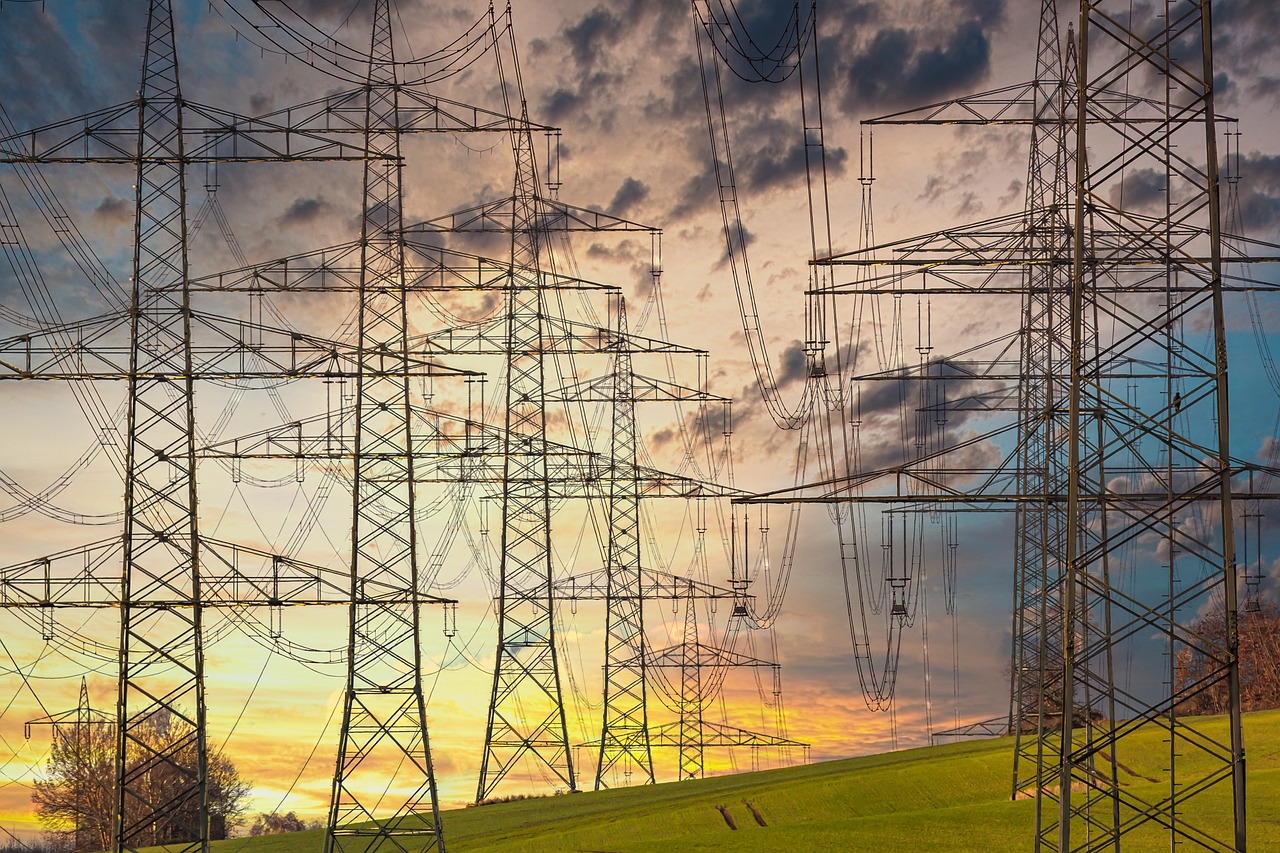
Power Losses/The Collapse of Our Grid
While our grid is holding up, it has its weaknesses, and is vulnerable to either physical attacks, cyberwar, or what we preppers call an EMP – ElectroMagnetic Pulse – that is sent by another country that will take down our entire electrical grid. Once down, it could take years to be restored. Here are ways to be prepared:
Have light sources available such as flashlights, lanterns, candles and other sources that can be solar-charged, cranked, or run on batteries.
Have batteries on hand. Have extra to power anything that may need them, and store as recommended.
Have a solar-powered power bank for cell phones or other small personal devices. If you can, get a solar-powered power station for larger items.
If you are in a position to have solar power for your home or other alternate power sources, see how you can fit that into your plans.
Make arrangements to store food—underground storage to keep food cool. Learn how to extend the life and availability of food by canning, dehydrating or freeze-drying. Learning to grow food is an excellent skill to have.
Learn how to start a fire for cooking, or have a cooking tool that can use fuel such as propane.
Prepping Essentials for Newbies
Getting started with prepping doesn’t have to be intimidating. By focusing on essential supplies and skills, newbie preppers can create a solid foundation for any emergency. Here are some basics:
Food and Water Stockpiling Tips
Stockpiling food and water is a foundational prepping strategy. Ensuring you have enough supplies can make the difference in any crisis. Focus on non-perishable items that can sustain you for extended periods.
During the pandemic, grocery shortages highlighted the value of having a well-stocked pantry. This real-world example emphasizes the need for practical stockpiling.
Key Items to Stockpile:
Canned goods (fruits, vegetables, proteins).
Dried foods (rice, pasta, beans).
Bottled water and water purification systems.
For a comprehensive guide, visit my article here or this piece on Quora.
Developing Crucial Survival Skills
Having the right survival skills can greatly enhance your ability to cope with emergencies. Skills like fire-starting, first aid, and navigation are invaluable.
Consider practicing these skills in safe environments. This way, you’ll be more confident when it matters most.
Essential Survival Skills:
Learn basic first aid and CPR.
Practice fire-starting using various methods.
Master map reading and compass navigation.
Remember, honing these skills takes time, but they are crucial for effective prepping.
Building Reliable Community Networks
Strong community networks are a resource in crises. By connecting with others, you can share resources, knowledge, and support. Building these relationships can enhance your preparedness.
Ways to Build Networks:
Participate in local prepper groups or clubs.
Attend workshops and community events.
Engage with online forums and social media groups.
Creating a reliable network ensures you’re not facing emergencies alone.
Taking Action: Your Next Steps
With an understanding of potential scenarios and essential prepping strategies, it’s time to take action. This section guides you through the first steps toward becoming a confident prepper.
Start Preparing With Confidence
Starting your prepping journey can feel overwhelming. However, by focusing on basic steps, you can build confidence. Remember, preparation is a continuous process.
Initial Steps:
Begin small by gathering essential supplies.
Set realistic goals and timelines for your prepping activities.
Regularly review and update your plans and stockpiles.
Download Your Essential Prepper Checklist
To assist in your prepping journey, download my FREE Essential Prepper Checklist. This comprehensive tool ensures you cover all necessary bases. Use the password StayReady to access your checklist and start preparing today.
Don’t wait until it’s too late—begin your journey toward preparedness NOW with my checklist and all of the valuable information on my website.


